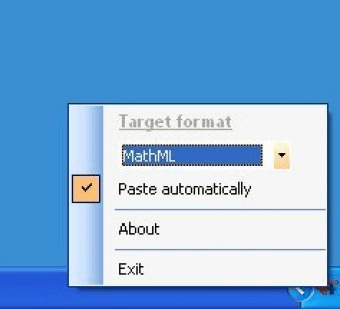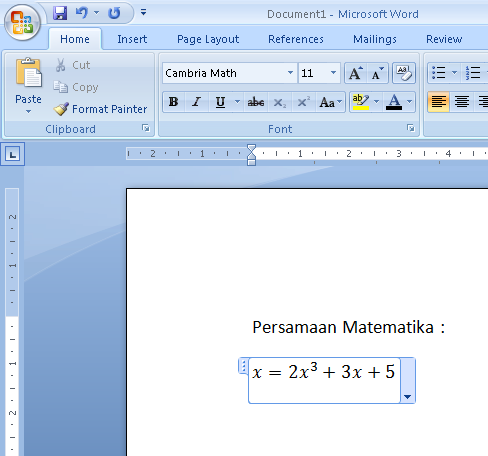
NOTE: The factor command didn't get very far on factoring that last value because 1987 is a prime number.

You feed it a number, and it tells you what its factors are. The factor command works just like you'd probably expect. That sure isn't going to help with sales! With a small change, this would work as we'd expect: #!/bin/bash The example below shows that using expr in this kind of context doesn't work because if works with the opposite orientation (0=true). Of course, having true comparisons resulting in 1 and false resulting in 0 goes against what we generally expect on Linux systems. In the following examples, we're asking whether 10 is greater than 5 and, then, whether it's greater than 99. Putting the numbers in quotes doesn't mean that you'd actually be doing a string comparison rather than a numeric one - unless one of the arguments is clearly a string. Of course, no one would be asking if 11 equals 11 on the command line, but they might ask if $age equals 11. Read them as "Does 11 equal 11?" and "Does 11 equal 12?" and you'll get used to how this works. If the result is 1, the statement is true otherwise, it's false. What expr is doing in the examples below is determining whether the statements are true. They are not setting values, but only comparing the numbers. These statements may look a little odd at first.

Now let's look at the logic for comparisons. If we have 11 participants in some event and 156 prizes to distribute, each participant's fair share of the take is 14, leaving 2 in the pot. Remaining=`expr $total - $participants \* $share` Here's a slightly more complex example: participants=11 The % operator is for modulo calculations.

Notice that you have to use a \ character in front of * to keep the shell from interpreting the asterisk as a reference to all files in the current directory and in front of > to keep it from being used to redirect the command's output. Performing a simple calculations and comparisons $ expr 11 + 123 Here are some examples: Incrementing a variable $ count=0 It can manage addition, subtraction, division, and multiplication. exprįirst and probably the most obvious and commonly used command for performing mathematical calculations on the command line is the expr (expression) command. Let's look at some very useful commands and syntax for command line math. Can you do math on the Linux command line? You sure can! In fact, there are quite a few commands that can make the process easy and some you might even find interesting.


 0 kommentar(er)
0 kommentar(er)
